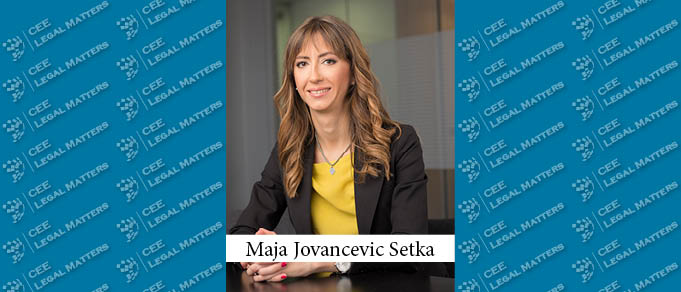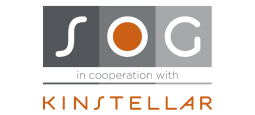The beginning of Q4 in Serbia is marked by the delayed formation of the new Government. Not much is expected to change in the political course as the ruling progressive party has strengthened its position and the Government will be led by the same Prime Minister. This means continuity and stability, although the new-old Government will not have an easy task, considering global developments with the pandemic.
So far, the economy has shown resilience to the corona-induced crisis and 2020 has been better than expected. Serbia entered the crisis after a period of strong GDP growth (4.2% in 2019) and following fiscal consolidation. In particular, our relatively large and diversified industrial sector has attracted considerable foreign direct investment in recent years. And, after the initial shock of the COVID-19 crisis, the recovery from May was faster than projected. The rating of Serbia was confirmed in September with a positive outlook and the Serbian authorities have revised their GDP growth projection for 2020 from -1.5% to -1%. Still, the pace of recovery will depend on the third wave of Covid-19 and the situation in Serbia’s main business partners.
One of the key aims for the Government is to return the public debt to a declining direction. Almost 95% of the planned state debt issuance in 2020 was exhausted, including a EUR 2 billion seven-year Eurobond in May. The Government claims to return to a downward trend in 2021, with no plan for taking on new debt from the IMF or other international institutions. This was also discussed in October with the IMF during the last semi-annual review of Serbia’s three-year economic program, which expires in January 2021.
Serbia’s banking sector encountered the pandemics well capitalized and with sound credit metrics. The National Bank of Serbia’s liquidity measures have helped lift the liquidity ratio and the EUR 2 billion state loan guarantee scheme supported the credit growth. The NPL ratio further declined in July to 3.6%, although weakening asset quality is likely from next year as the support measures expire. What we expect in the upcoming period is further NPL secondary market trading, and a wave of restructurings, especially among the local subsidiaries of global groups affected by the crisis. During the last six months, a lot of banking activities were linked to the two-stage moratoria, which reached a value of almost EUR 3 billion. The moratoria expired on September 30, 2020, bringing the threat of a hit of increased payments. This is particularly relevant for SMEs, which used moratoria at a high percentage. In parallel, the banking sector continues to consolidate. The privatization of the largest state-owned bank, Komercijalna Banka, by NLB, is ongoing, pending regulatory approvals. OTP continues with the merger of its group members following its recent expansion in the region. A number of smaller banks are up for sale, but with a notable lack of potential buyers.
Apart from Covid-19-related measures, regulatory changes generally slowed down, as did the EU accession process. A new boost is expected to come from the EUR 9 billion EU Economic and Investment Plan for the Western Balkans announced in October, which will be financed through a combination of IPA grants and favorable loans by the EIB, EBRD, and other IFIs. Generally, the increased activity of IFIs and development banks is notable in the region (and has comprised a substantial portion of our work lately).
Another interesting development is the arrival of the US International Development Finance Corporation, which opened its first overseas office in Belgrade in September. This follows the political agreement signed in Washington on September 4 regarding relations with Kosovo. Besides political aspects, the agreement contains an economic plan for several infrastructure projects, including, primarily, the “Peace Highway” between Nis and Pristina, worth EUR 3.7 billion. The support of the DFC should include a guarantee scheme for SMEs, as well as funding in the areas of energy, agriculture, logistic, and high-tech sectors, with likely active involvement of local banks. Despite global uncertainty, the Government has emphasized its determination to continue with capital investments, including the Belgrade subway project estimated at EUR 6 billion, which should begin by the end of 2021.
Otherwise, digitalization is expected to remain one of the Government’s top priorities, with local banks closely following the trend. In addition, the very first Serbian crowd-lending platform was launched in November, diversifying sources of finance, especially for SMEs. The Government also formed a special working group to prepare a new regulatory framework for blockchain and cryptocurrencies.
By Maja Jovancevic Setka, Partner, Karanovic & Partners
This Article was originally published in Issue 7.11 of the CEE Legal Matters Magazine. If you would like to receive a hard copy of the magazine, you can subscribe here.



